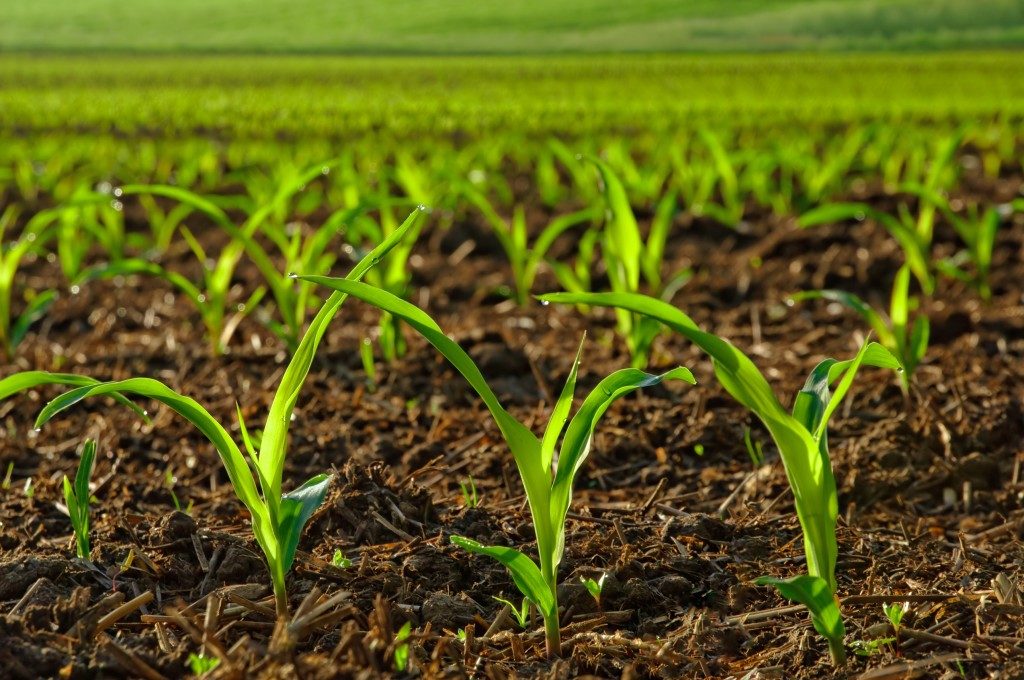Healthy living and eating are challenging the ways by which we produce and consume food. GMOs (genetically modified organisms) produced by big food and agricultural companies, may scare you. But could growing your own food and raising your own livestock in the city be options? You don’t need to buy a pitchfork or get in touch with a concrete fencing contractor in American Fork just yet. There are a few things you need to know first.. We’ll look at some of the important steps you need to take if you’re considering growing your own food in your apartment or at the backyard of your suburban dwelling.
Check the Regulationds
Ever wonder if Joey and Chandler of the sitcom Friends had a permit for keeping their duck and chicken in their apartment? They probably didn’t have. But if you’re serious about raising your own chickens as part of your food sustainability plan, check what kind of licensing is required. Backyard chickens are typically regulated at the local level, but there are federal and state health and food safety laws that you need to know if you want to produce eggs and poultry. The US Department of Agriculture, as an example, is one of the government bodies that oversee disease prevention and the sale, transportation, and slaughter of chickens.
You may plant lettuce in your front or backyard and make salad from there, right? Not so fast! Like poultry, there are zoning laws that prohibit vegetable gardening. One high profile story was that of Hermine Ricketts and Tom Carroll of Miami, Florida. They created a vegetable garden but was later told that it was illegal. They were forced to uproot all their plants or pay a $50/day fine if they refused.
The fictional Joey and Chandler characters might not have cared about permits or paying the fines, but would you risk a $50/day fine? It’s better to do your homework.

Not All Soils Are Created Equal
That small patch of land in the backyard is raring to go grow some tomatoes, chili peppers, lettuce maybe some potatoes too. It’s not just “drop the seed and let it grow.” You need to check for contaminants in your soil. In other words, you need to survey the history of the property you intend to make your garden. Professionals from the US Environmental Protection Agency (EPA) follow certain protocol to determine if there is oil seepage in the soil or other unwanted debris. Make sure that these professionals have evaluated your property first.
These government agency professionals and others like them will do their part to make sure that your soil is healthy and safe. But you need to do your part too. Send soil samples to laboratories in your area where they will test for pH, nitrogen (N), phosph

Design and Construction
Are you going to go for prefabricated materials to create an enclosure for your garden? What kind of contractor will you hire to help you with all the landscaping and construction? Or will you scour the area for reclaimed lumber to build your fences? Either way, this is a major consideration, and it requires both effort and resources. You need to identify pathways and access for both the elderly and children if your space is significantly big.
These may be the initial steps you need to take. Needless to say, understanding the basic of crop production is crucial, but that can be for a separate piece altogether.





